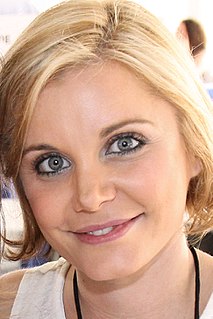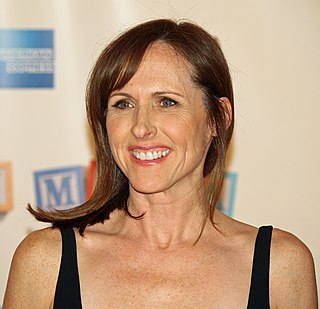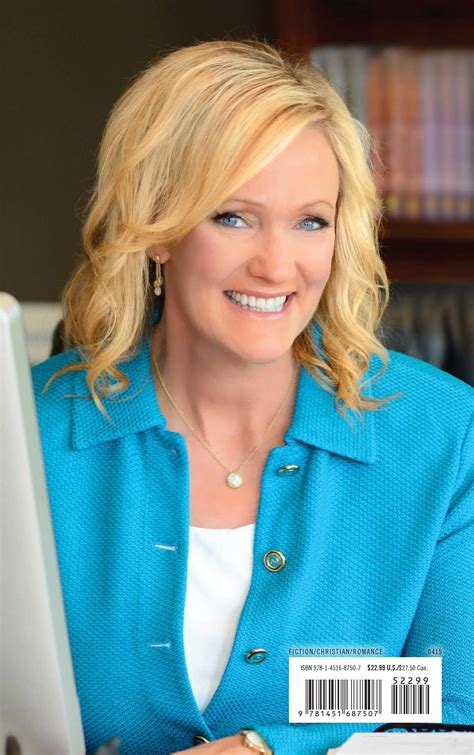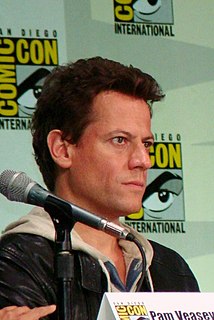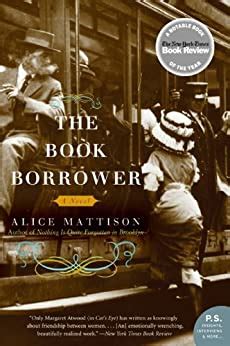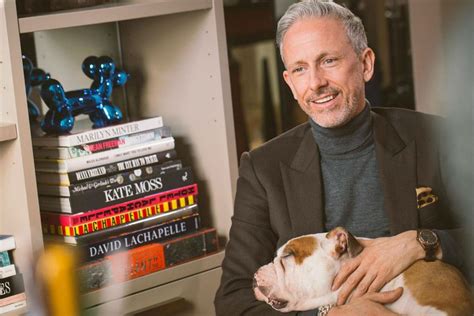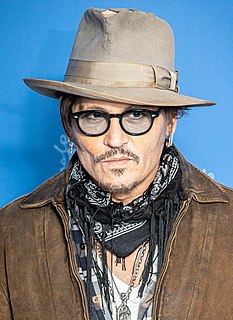A Quote by Alissa Nutting
I really want readers to put themselves into the shoes of each character. So the opening lines are an orienting technique: this is where you are, this is who you are. Go.
Related Quotes
I'll never forget my high school acting teacher, Anthony Abeson, who said, "It starts with the shoes." When I think about a character, it does start with the shoes: What kind would she wear? How would she walk in them? If I'm going to put on a dress for a role - I don't care if it's the hardest dress to put on - I have to put the shoes on first. The physicality leads me to the character.
A book is something that young readers can experience on their own time. They decide when to turn the page. They'll put their arm right on the page so you can't turn it because they're not ready to go to the next page yet. They just want to look at it again, or they want to read the book over and over because they really enjoy setting the pace themselves.
It's really an organic sort of process. You start off with the character on the page. You fall in love with that character and you have to represent that character well and I think it's just an evolution there. Using the accent and speaking the lines with the accent in fact opens the door to who the character really is.
Certain roles, I just won't invest in. I'll go in and audition, but I might not spend five hours trying to figure out what the character is really about or go so deep into it. I might just learn the lines and go in and try my best because I know it's not safe for me to love the character or to fall in love with the idea of the role.
It really depends on what the screenplay is asking of you, and what your responsibility is to that character. You have the author's intent to deal with, you have the filmmaker's vision, and then you have your own wants, desires and needs for the character. It's collaborative. But I knew, right off the bat, that there was no way to go into some sort of pink-haired, clown-nosed character with Ronald McDonald shoes.
